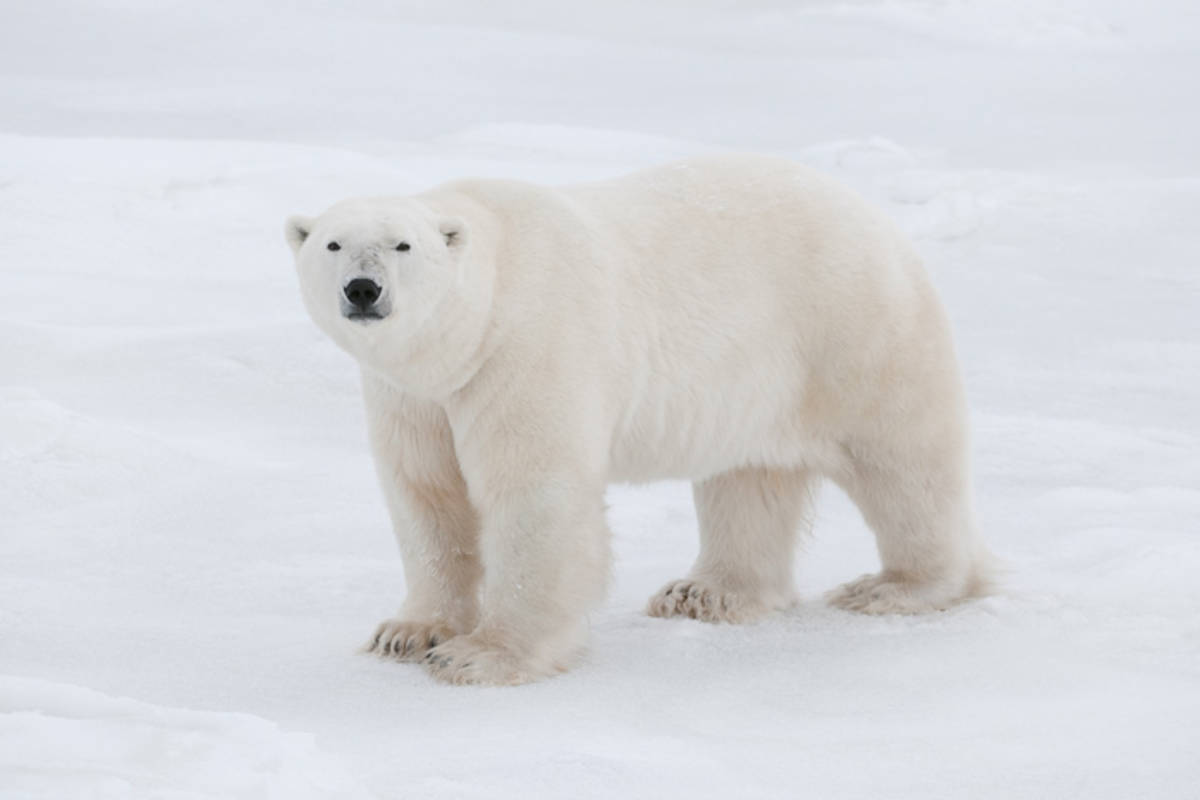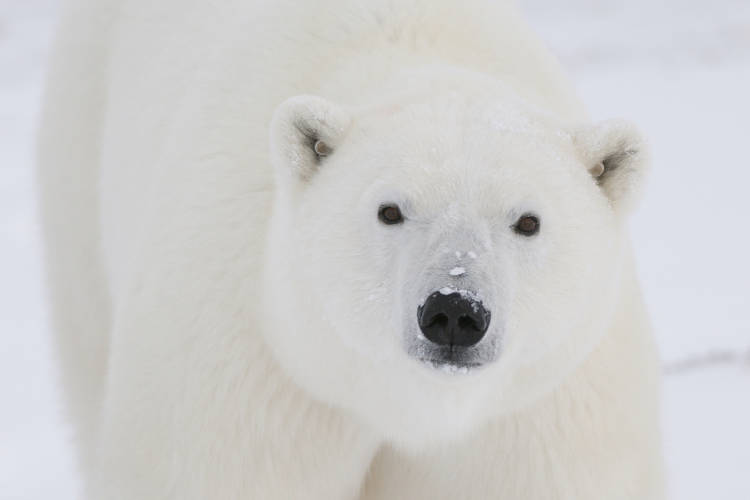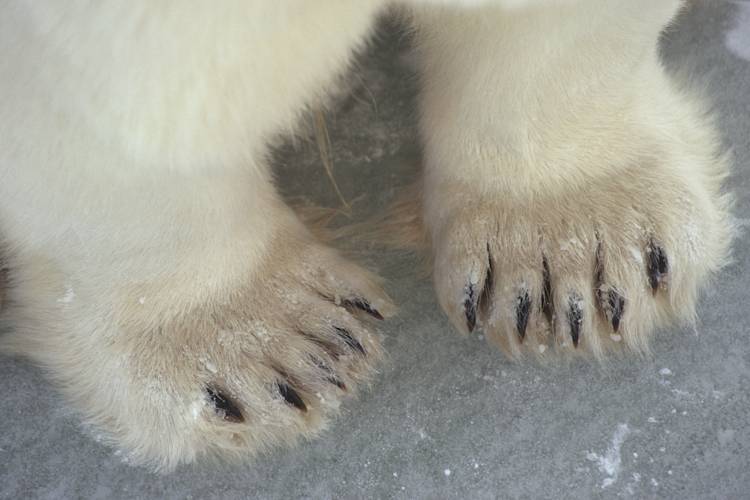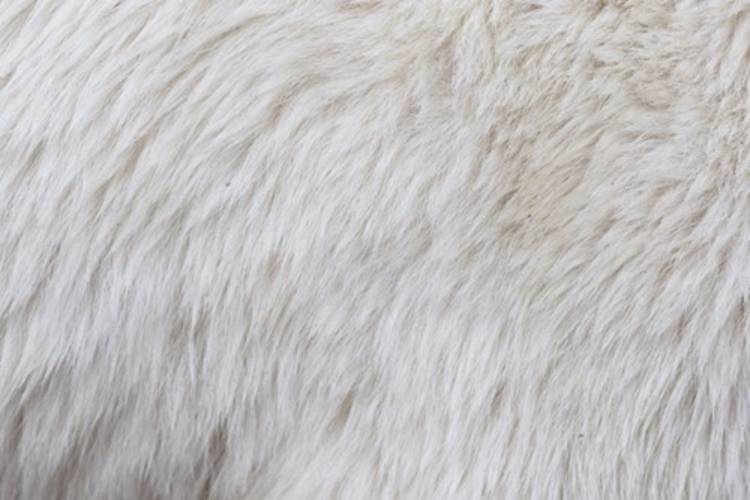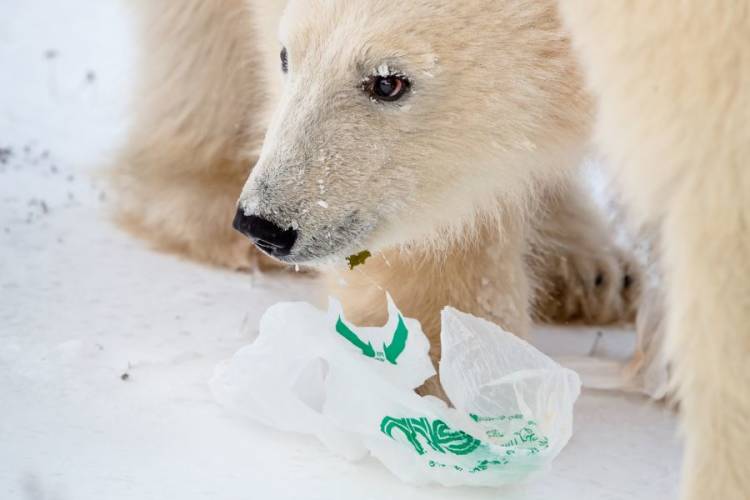Polar bears are universally recognized the world over. Their large body size, white fur, hooked claws, and small ears are all defining features of a predator that is highly adapted to the Arctic environment. But how did these features evolve? In short, it all comes down to genetics.
A primer in genetics
One of the single greatest discoveries made in the fields of biology and medicine in the 20th century was the structure and function of DNA. James Watson, Francis Crick, Rosalind Franklin, and Maurice Wilkins are all credited with putting together the pieces of the puzzle to identify the elegant double helix structure of DNA. Collectively, they identified both the structure of DNA and how it replicates itself.
DNA is like the blueprint to a house, where specific sequences of nucleotides, called genes, lay out the plans for constructingproteins, which go on to combine, like bricks and mortar, to form all the structures in a cell and body. Genes and gene expression control everything that happens in life. They form the foundation for the biological diversity that exists today.
Moreover, these blueprints are handed down from one generation to the next. The long strands of DNA are organized into chromosomes. Children inherit these from their parents, combining the blueprints from mom and dad, sometimes with slight modifications. Some traits are controlled by a single gene, but many are influenced by multiple genes. Much of the field of genetics is focused on identifying the genes that control various traits of an organism and understanding how they are inherited and expressed from one generation to the next.
The polar bear genome is approximately 3.5 billion base pairs in length, with all those base pairs packaged into 37 pairs of chromosomes (humans have 23). And that is what makes a polar bear … a polar bear!
